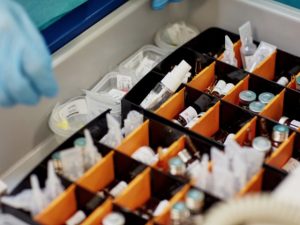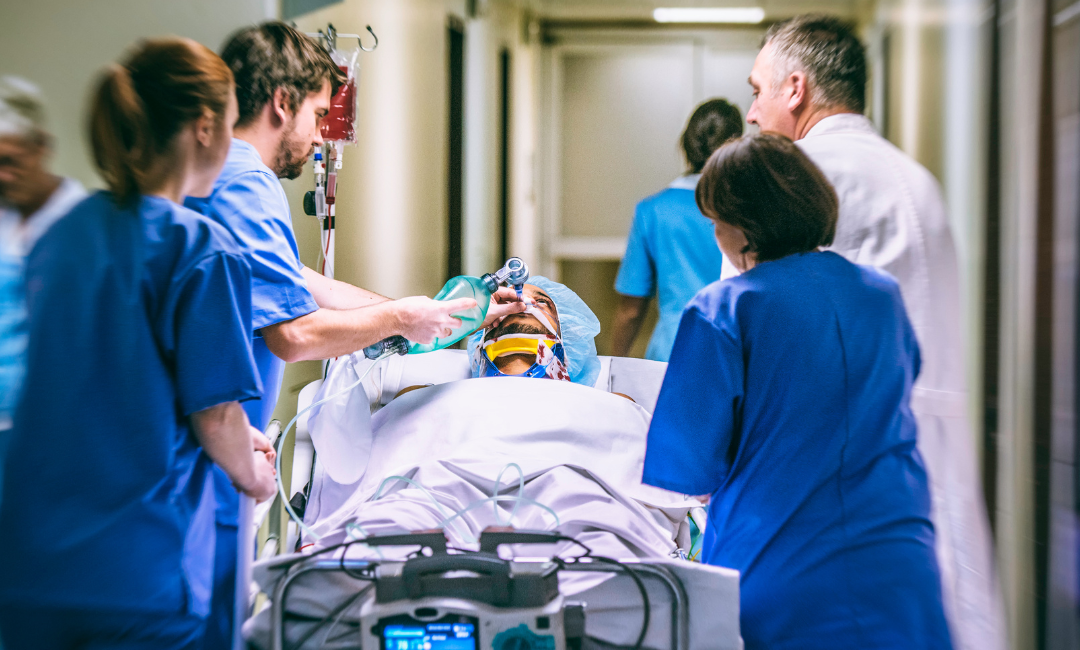The Process of Reflection on RaDonda Vaught
One can classify their reflective practice into three buckets. What, where, and who. What happened and what was the outcome? On Monday, March 28, 2022, the jury for the case of RaDonda Vaught delivered their guilty verdict of negligent homicide and gross neglect of an impaired adult after the accidental administration of a paralytic.
How did it make you feel? Was it fear, anger, confusion? Did the verdict scare you? Why did it happen? How do we comprehend the outcome? How do we work through the loss?
No matter how you perceive RaDonda Vaughts’ actions, the events surrounding the death of Charlene Murphey involved systemic failures that dictate a hard look at Vanderbilt medicine. The outcome of the trial: a criminal prosecution for a medical error that resulted in the death of a patient has the potential to alter the paradigm of patient safety beyond the incident that occurred on Christmas evening in 2017.
From the onset, RaDonda recognized and acknowledged her mistake, attempted to correct with resuscitation, and has expressed a profound impact on her personal life and well-being. Vanderbilt took a different path, implementing several actions to obscure the fatal error from the public.
The institution did not report the error as a sentinel event to state to federal regulators, which led to officials threatening Medicare payments. A death knell of a punishment to a healthcare entity.
A lead investigator in the criminal case against former nurse RaDonda Vaught testified state investigators found Vanderbilt University Medical Center had a “heavy burden of responsibility” for a grievous drug error that killed a patient in 2017, but pursued penalties and criminal charges only against the nurse and not the hospital itself.












